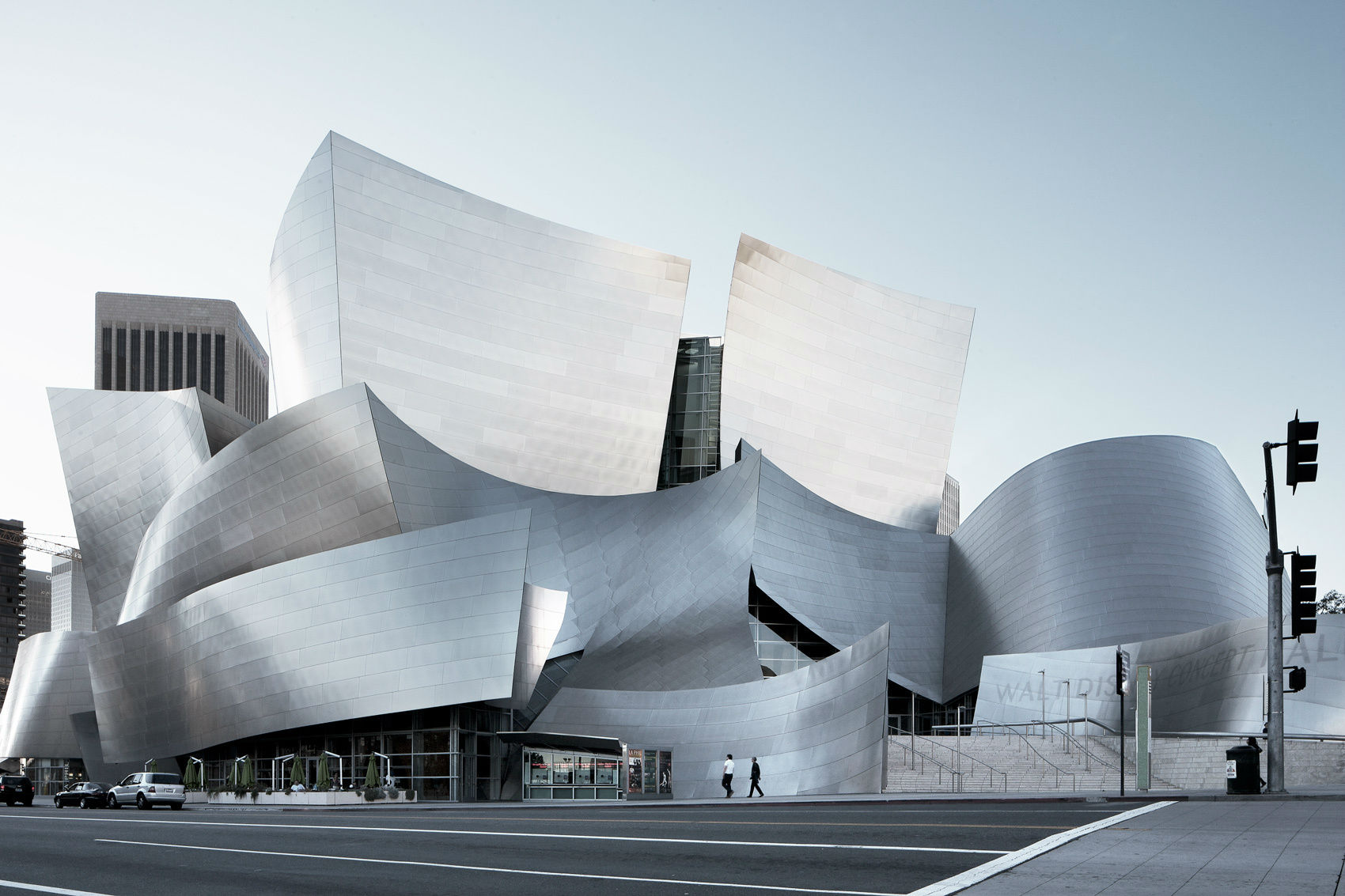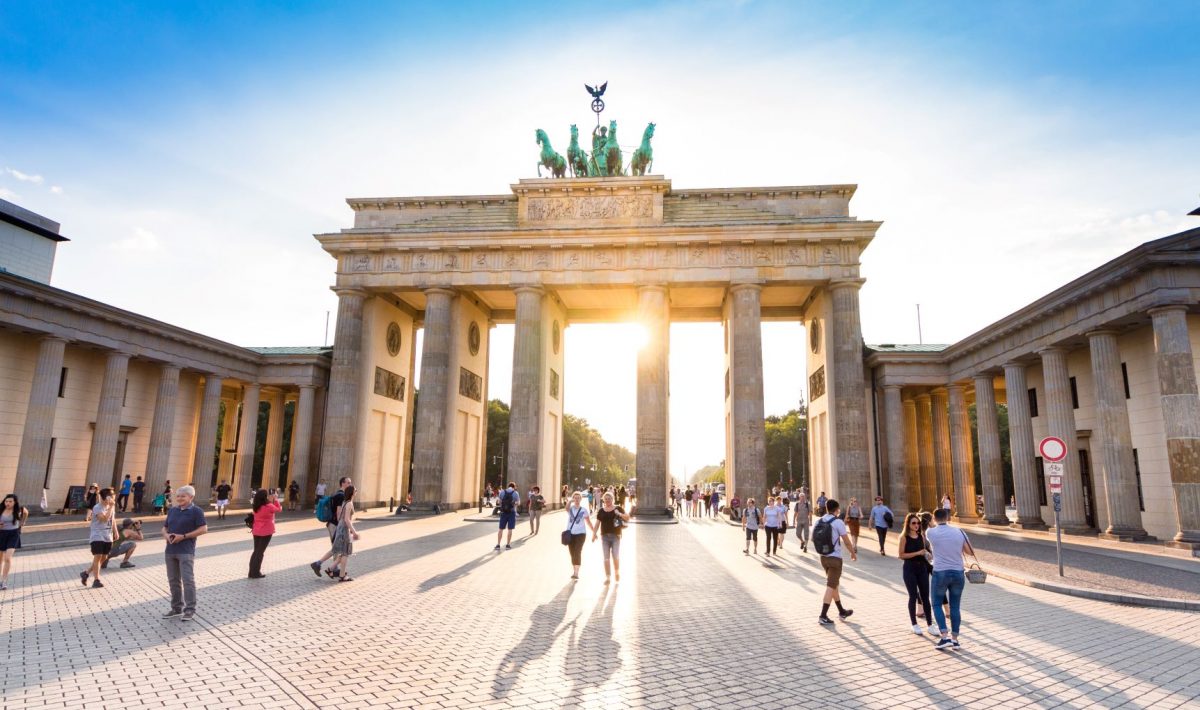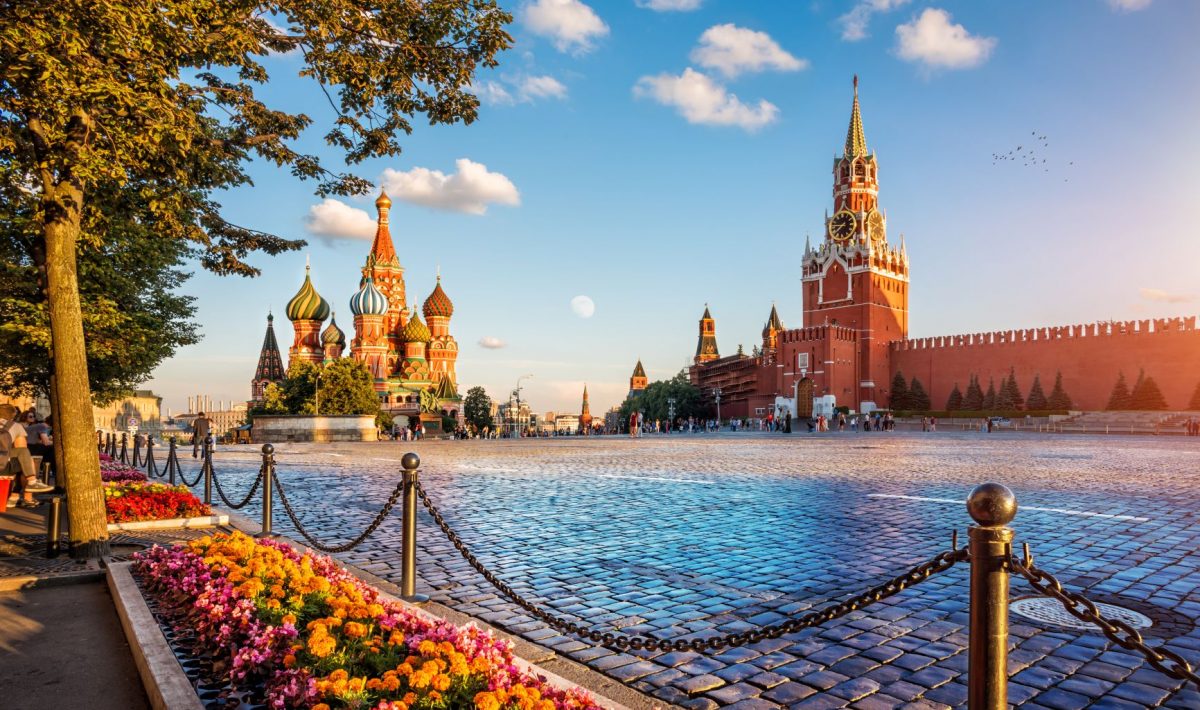Hello and welcome to my lifestyle and travel blog. My name is Ned – traveller, fitness enthusiast, nutritionist and a cat lover…
In a time when we are moving ahead with technology and facing a full lock-down due to coronavirus (COVID-19) spread, our world is reshaping itself. The impact on the world economy is huge and devastating. Many people are left without jobs, no place to live and nothing to eat.
More than 100 countries have travel restrictions because of the coronavirus. In order to stop the spread of the COVID-19 outbreak, many countries across the world have started implementing very tough measures. In the coming months people won’t be able to travel freely which will have a huge impact on the travel and hospitality industry.
As a consequence of the global pandemic there are the travel limitations. I won’t be able to travel as much as before these days. So, I’ll share with you some of my old travel experience.
I will also write about the day-to-day lifestyle, culture, health, news and tips about the life in general. Today’s article will be about futuristic architecture – something I came across recently and did a small research about. We will look back in time to track how it has developed through the past 100 years.
The history of the futuristic architecture
We all know that humanity continuously hopes for a better tomorrow. We may not be able to change the past, but we can do our best to create a better future for us and our children. For the present is the key to a wonderful tomorrow. Our current thoughts and actions are what shape our future and no one is better at ‘shaping’ than architects. They simply live for it! A building designed by an architect today may live for 100 years beyond to tell the tales of the past and shape the future.
Throughout the past century, the image of futuristic architecture has transformed three times. These transformations were influenced by revolutionary inventions and technological developments. It had changed the way people perceived the future. So, let’s see how futuristic architecture visions have changed in 100 years!
Early 20th Century
Sant’Elia and fellow Italian architect Mario Chiattone presented a group of sketches under the title “La Città Nuova” or the New City, during the events of an exhibition in Milan in 1914. These sketches depicted the futurist architects’ vision of futuristic architecture.
Post World War II
After World War II, futuristic architecture became neo-futuristic architecture. It includes numerous works by renowned modernist and contemporary architects.
Oscar Niemeyer, Zaha Hadid, Santiago Calatrava, and Cesar Pelli are only a selection of architects with notable neo-futuristic works. However, one group that took futuristic architecture to the next level is none other than the London-based Archigram.
The New Millennium
The parametric design may have been there since earlier times. It is believed that Gaudi’s work holds early evidence of employing nature-inspired algorithms. However, this design mechanism has significantly experienced a leap in the 80s, thanks to the developments in the field of computer design software. Frank Gehry‘s iconic Walt Disney Concert Hall, built between 1999 and 2003, showcases the use of CATIA software as a mean for parametric design.
Architects do not restrict their imagination to what is possible right now. But rather to what could be and what they wish for. They draw futuristic architecture in their minds and leave evidence of their fantasies on paper to inspire generations yet to come.










